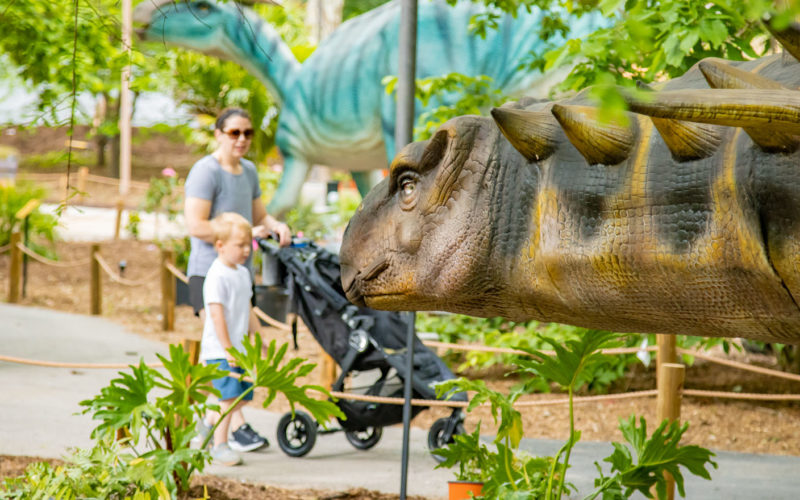BECCA MARTIN-BROWN
bmartin@nwaonline.com
Sneezy, the Tulsa Zoo’s biggest Asian elephant, a male, weighs about 11,000 pounds and stands between 9 and 10 feet tall at the shoulder. (In case you’re wondering, that’s about three times the weight of a Volkswagen Beetle and almost the height of a one-story building.)
The zoo, which opened in 1927, has three elephants, including females Sooky and Booper, and according to Jordan Piha, curator of mammals, all of them “eat hundreds of pounds of food each day — hay, grass, leaves and branches. We also feed them restaurant quality produce and a special grain made specifically for elephants.”
Imagine, then, the nutritional demands of a Brachiosaurus. Standing 35 feet tall, measuring 65 feet long — the length of two school buses — and weighing in at close to 100,000 pounds, the Brachiosaurus was also an herbivore and lived during the late Jurassic Period about 150 million years ago. Experts estimate he ate as much as 800 pounds of veggies a day.
Fortunately, Piha doesn’t have to feed his new Brachiosaurus or the other summer visitors at the Tulsa Zoo. The 25 life-sized dinosaurs, dating across the Triassic, Jurassic and Cretaceous periods, are animatronic. But they do almost everything else except eat.
“They have a lot of movement, including head and mouth movement, eyes that blink, tails that wag, and some you can even see ‘breathing,’” enthuses Pat Weisz, vice president of guest experience for the zoo. “They also make sounds based on what the paleontologists who are studying them in the field hypothesize. Some of the dinosaurs in Zoorassic World have that classic dinosaur roar, while others sound similar to birds or other present-day animals. For example, our Parasaurolophus has a crest on her head that scientists now believe resonated sound similar to what a present-day whale or elephant sounds like.”
The Zoorassic World exhibition is the first time since 2015 that the Tulsa Zoo has played host to dinosaurs.
“We have been looking to bring them back bigger and better for a couple of years,” Weisz says, “so a new generation of dinosaur-loving kids and adults can have this amazing experience at the zoo. We wanted to make the dinosaur exhibit both fun and educational, so we chose to partner with Dino Don Inc. because they feature life-sized animatronic dinosaurs that are designed in conjunction with the latest scientific research.
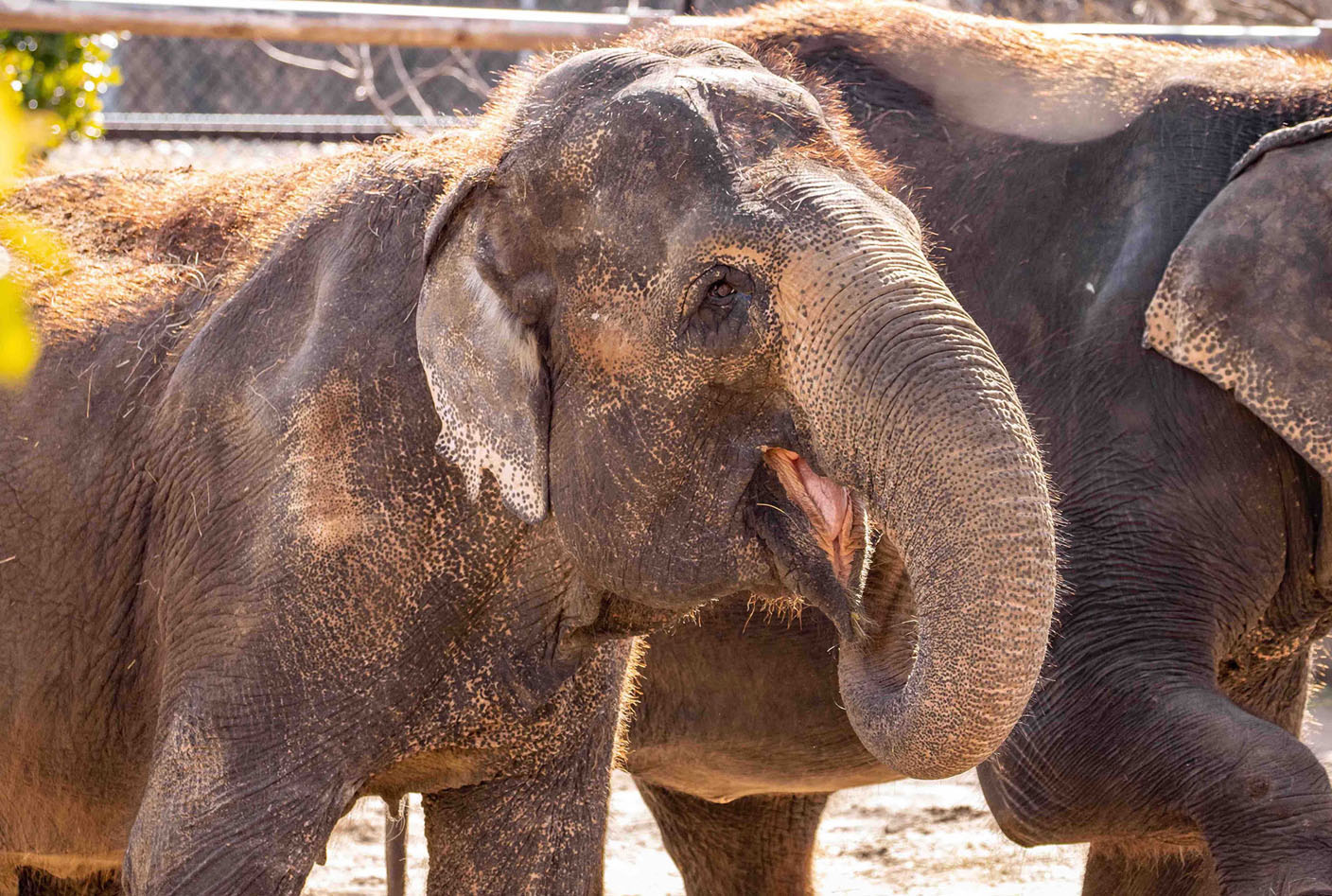
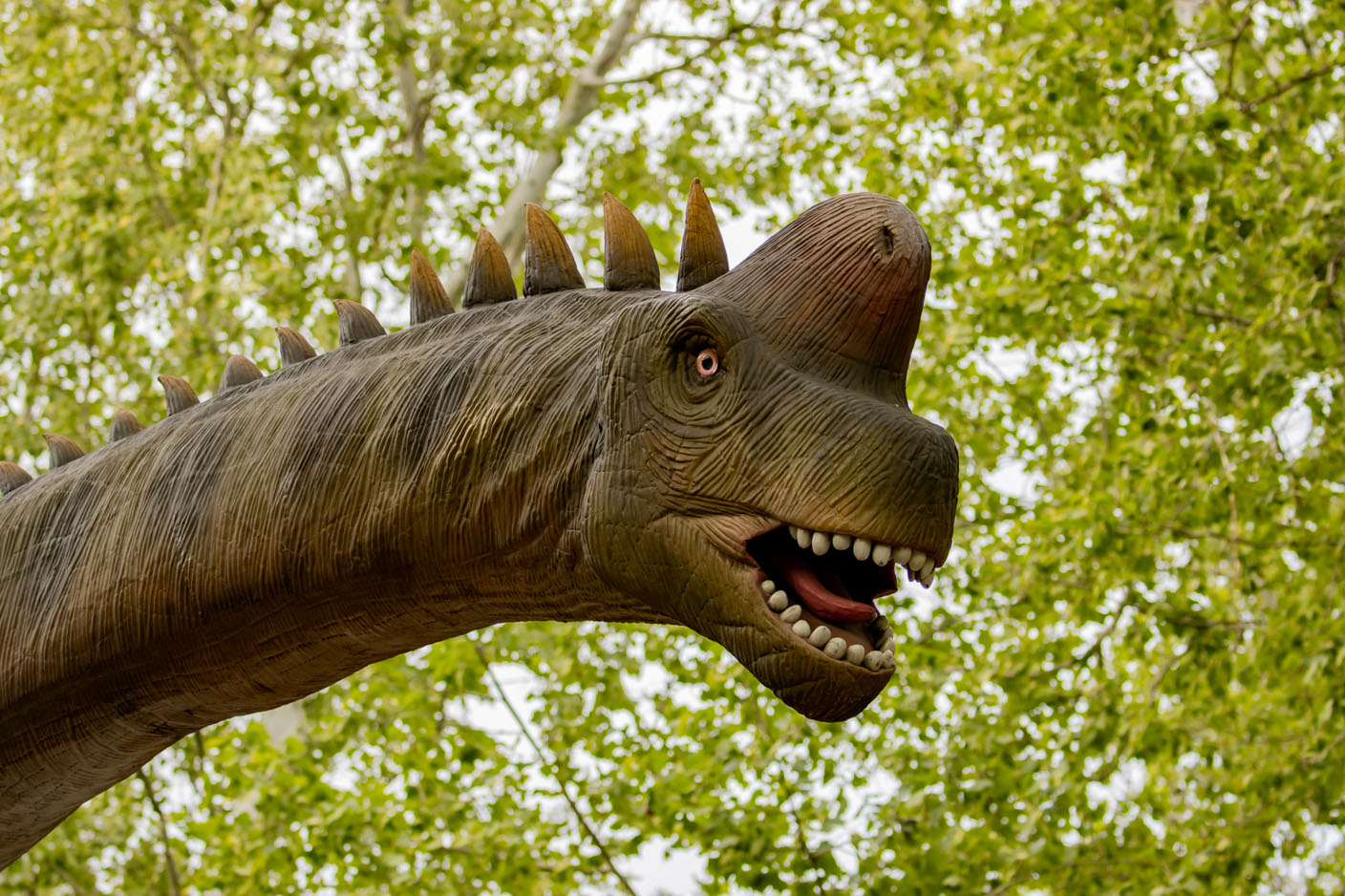
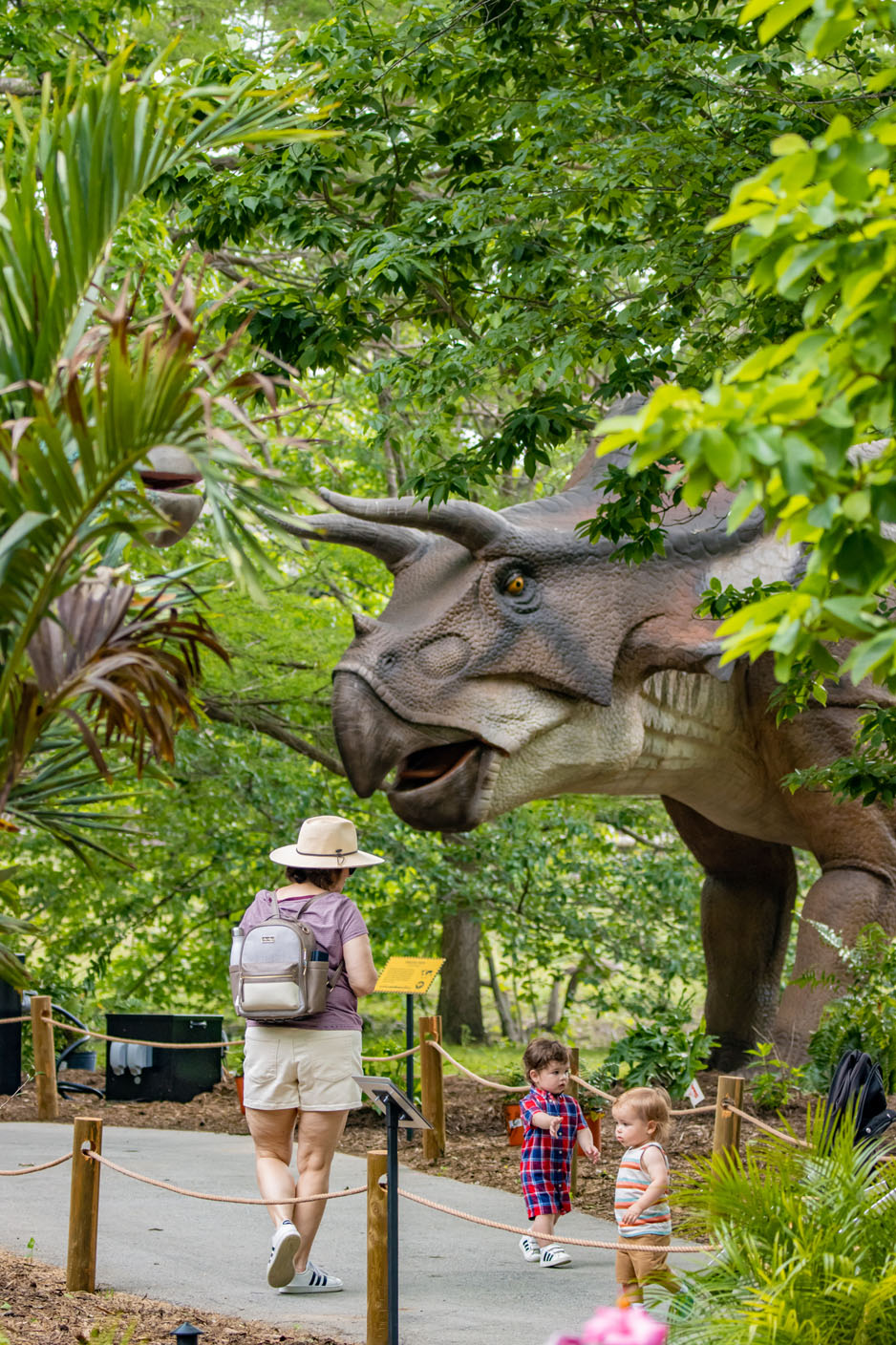
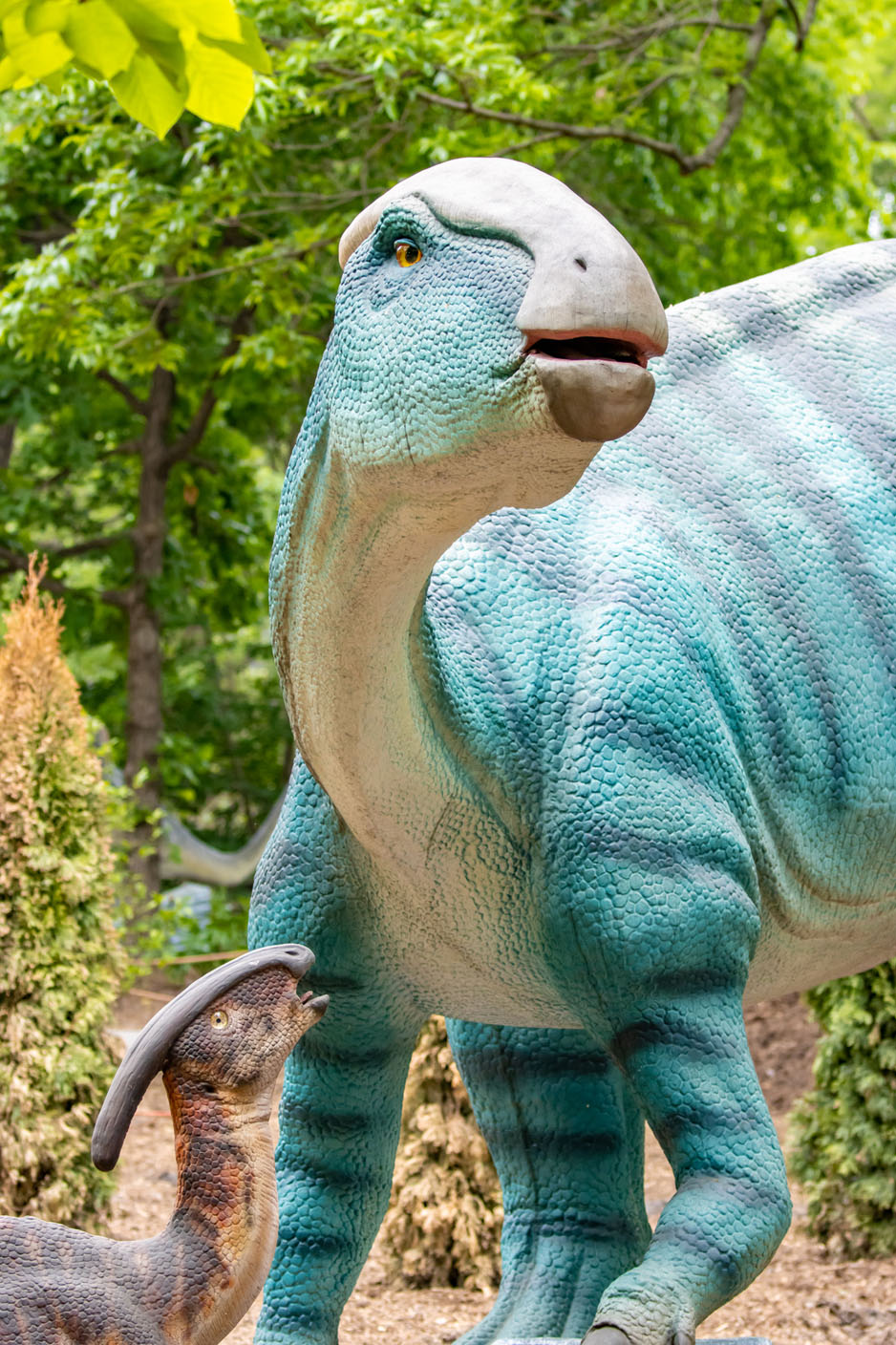
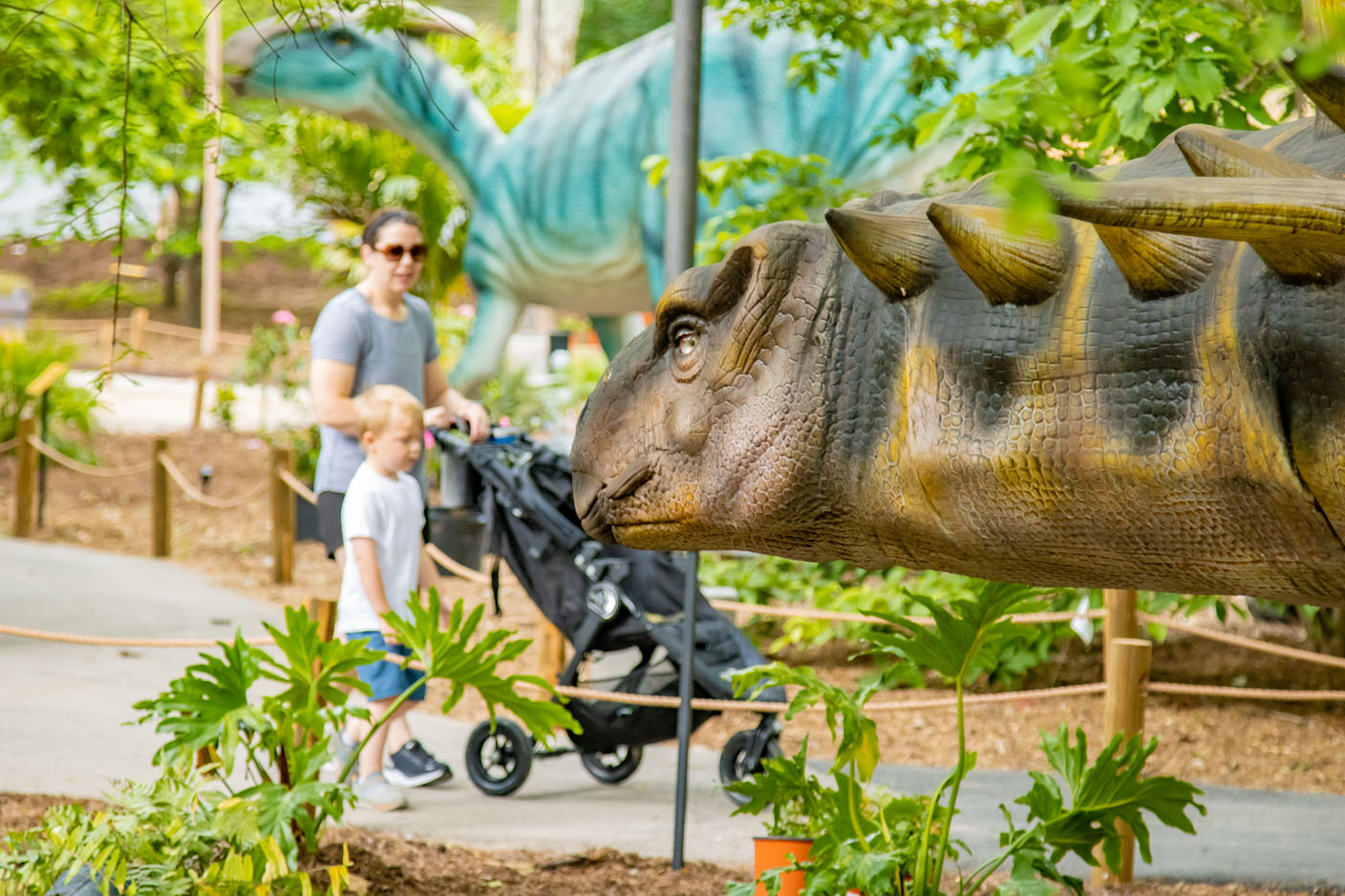
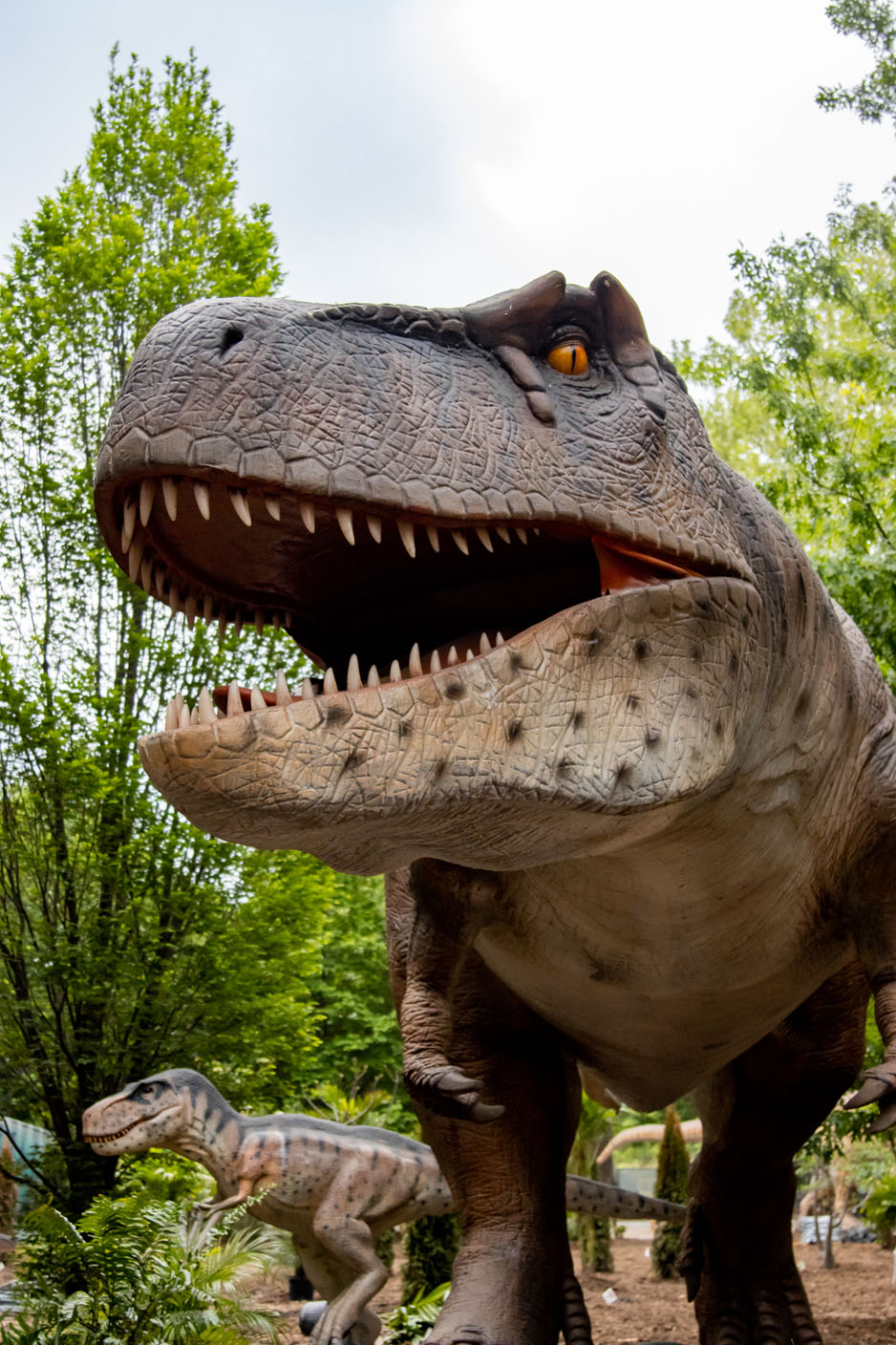
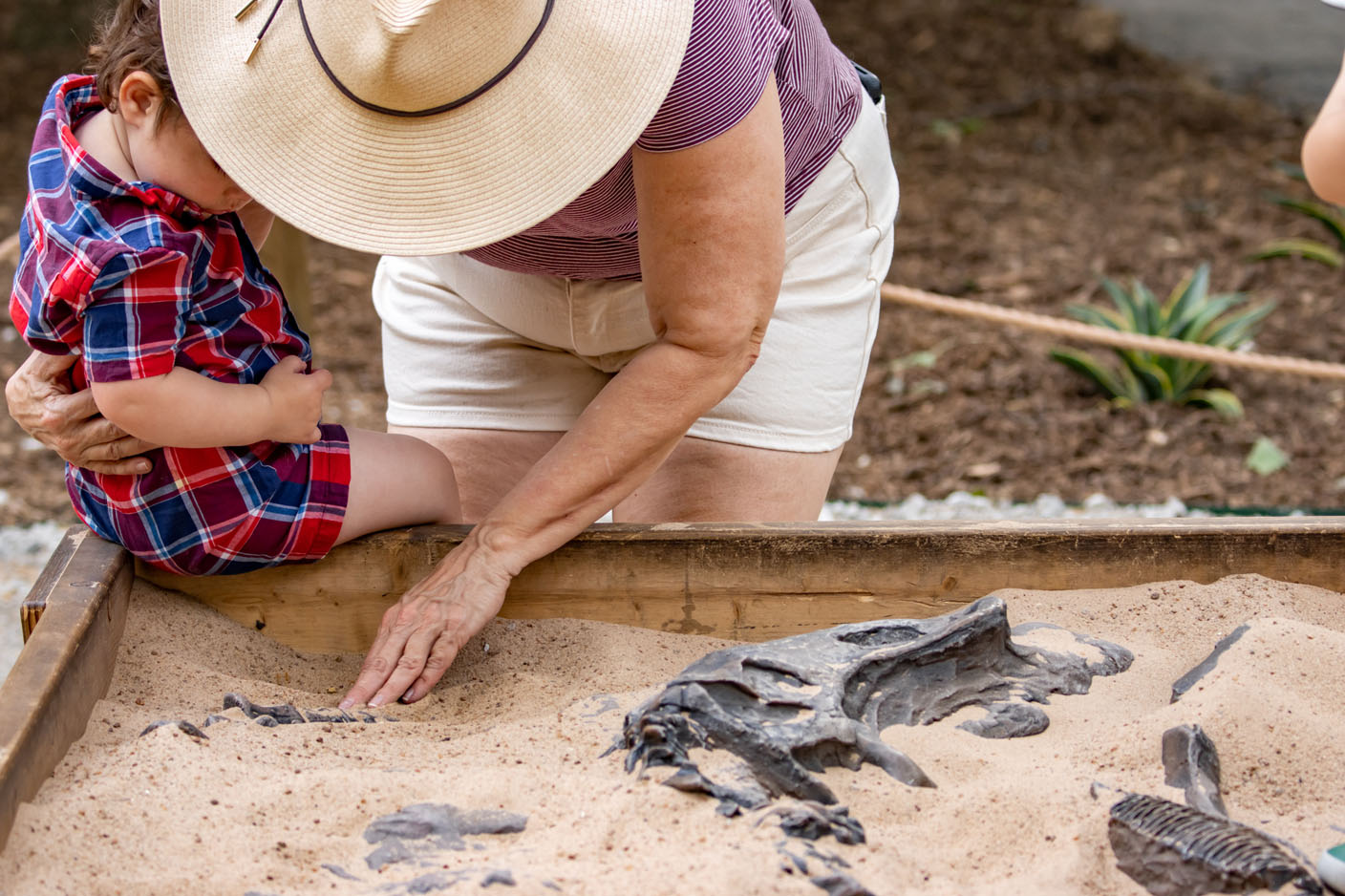
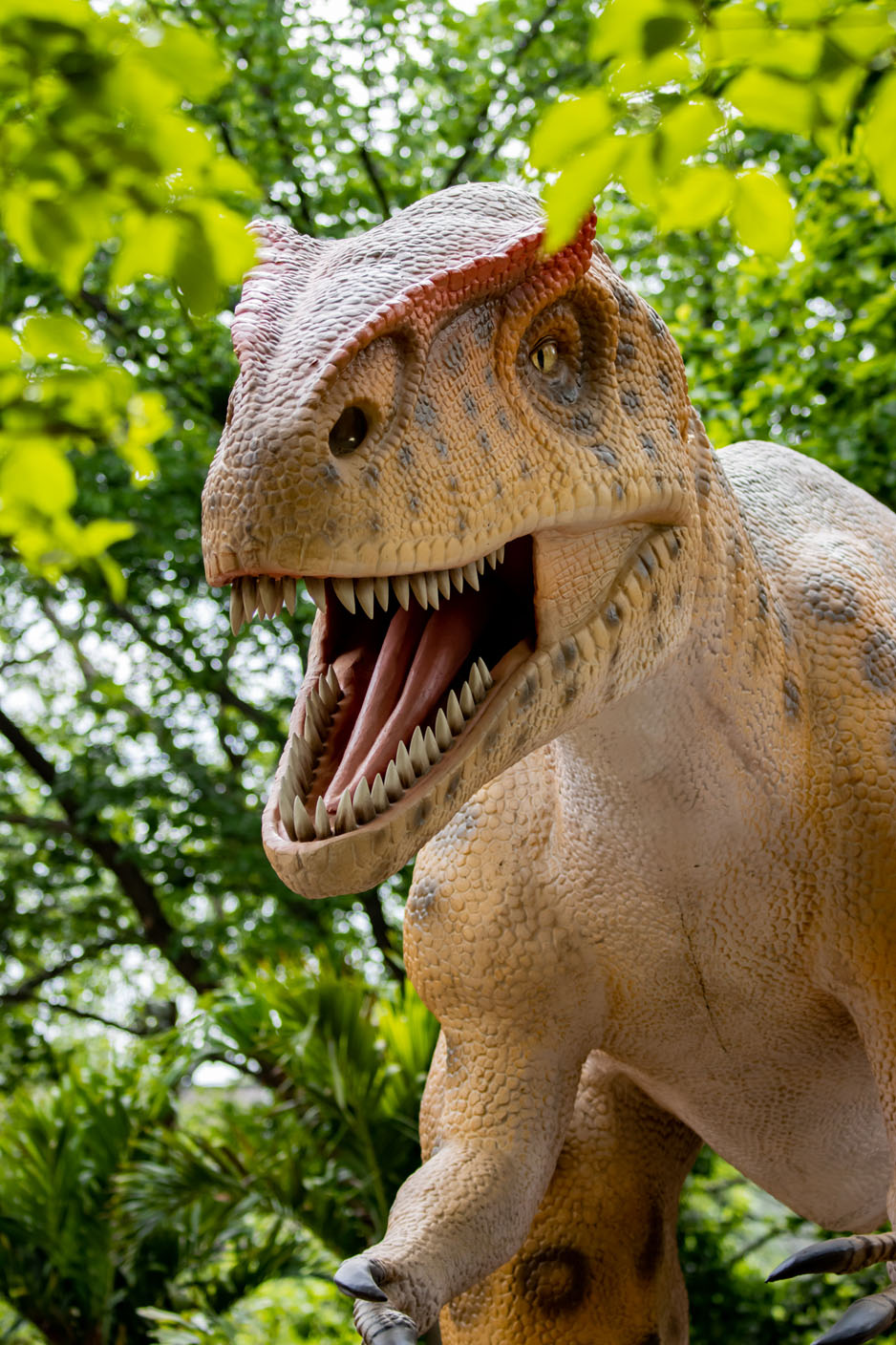
“We have arranged them in the exhibit chronologically, so guests take a walk through time from 200 million years ago to a mere 60 million years ago when the last of the dinosaurs went extinct,” he adds. “You’ll start by seeing some of the ‘smaller’ dinosaurs from the Triassic Period and quickly move into some of the larger species from the Jurassic and Cretaceous periods.
“Along your self-guided tour, you will find the Allosaurus, the largest predator of the Jurassic Period. You’ll come across the largest dinosaur inside Zoorassic World, who happens to be the one of the tallest animals to ever live on Earth, our 35-foot-tall, 65-foot-long Brachiosaurus,” Weisz enthuses. “Guests will get to learn about some lesser-known dinosaurs like the Gastonia and the Utahraptor, as well as some of the more recognizable dinosaurs like the Triceratops, Velociraptor and of course the Tyrannosaurus Rex.”
Weisz promises the exhibition will be educational as well, and Kaylyn Compton, director of education, elaborates.
“Everything we do at the zoo centers around our mission of ‘connecting, caring, advocating for wildlife, people and wild places,” she says. “We intentionally picked dinosaurs that are our best understanding of what dinosaurs looked like when they roamed the earth, from their size to the way they vocalize and how they move. Our goal educationally is to connect our guests with these prehistoric animals, shed light on the plight of the dinosaur, and compare how our environment and animals today relate to these impressive dinosaurs.
“The exhibit highlights many interesting species dynamics, from a predator and prey scene to a mother dinosaur caring for her newly hatched offspring,” Compton goes on. “Since these dinosaurs are accurate, life-sized representations, we are also able to detail the special adaptations that each dinosaur had to help them survive in their environment. For instance, the incredibly long neck and specialized teeth of the Brachiosaurus helped the animal forage on vegetation from very tall trees, similar to how giraffes are able to reach vegetation at impressive heights today.
“From a fossil dig area for younger ages, a photo opportunity with a Tyrannosaurus Rex, and specialized signage with educational information for dinosaur enthusiasts, this exhibit has something fun to offer for all ages,” she promises, even a daily Zoorassic World animal chat with a zoo educator.
“This will be an awesome opportunity for guests to get an up-close encounter with one of Tulsa Zoo’s ambassador animals, many of which can be considered ‘living dinosaurs,’” she promises.
“All of the dinosaurs are set within themed plantings, some that are here at the zoo naturally and others that have been added by our extremely talented horticulture team,” Weisz adds. “One of our goals for all exhibits, including Zoorassic World, is to give an immersive experience. In Zoorassic World, you feel like you are walking through a prehistoric jungle where a new dinosaur greets you around every turn.”
Habitat is obviously important for all the Tulsa Zoo’s permanent residents, too, and the elephants are about to get a new one. The construction project, which should be finished sometime in 2024, will include a 10-acre wooded area “with ponds and streams for the elephants to explore,” Piha says, along with a new barn with indoor bathing and wading pools, husbandry stalls for daily care of the elephants, enrichment opportunities and more. With it will come the hope, says Piha, that the zoo can be home to a multigenerational herd of elephants.
Sooky and Booper are both around 50 and past baby-bearing years, but there might be a little Sneezy in the future, Piha confirms.
“Our plan is to work with our Association of Zoos and Aquariums partners and the Species Survival Plan to identify the best situation for our future and how we can help the future of the Asian elephant population,” he says, and fight modern-day extinction.
__
FAQ
Zoorassic World
WHEN — 8 a.m.-5 p.m. daily, through Sept. 5
WHERE — Tulsa Zoo, 6421 E. 36th St. N. in Tulsa, Okla.
COST — Zoo admission is $10-$14; Zoorassic World is an additional $6
INFO — 918-669-6601 or tulsazoo.org
BONUS — Zoo members can purchase the $45 Zoorassic World Add-On, allowing you to receive six admissions into Zoorassic World each day throughout the time the exhibit is at the Tulsa Zoo.

